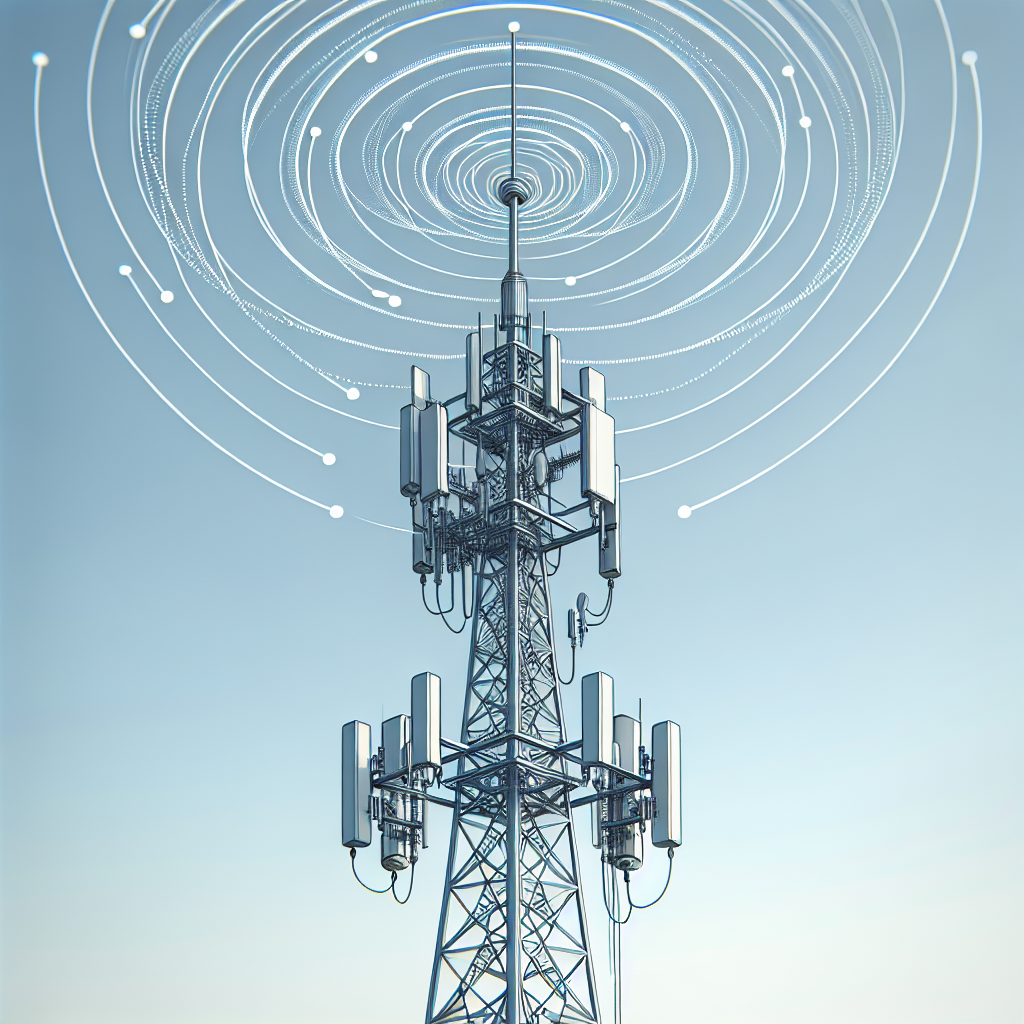Currently organizations involved in the A.I. race are also buying or building nuclear power plants. Why? AI models, especially large-scale deep learning models, require significant computational resources, which in turn demand substantial amounts of electricity for several reasons:
- Computational Intensity: Training AI models involves processing vast amounts of data through complex mathematical operations, such as matrix multiplications and convolutions. Deep learning models, especially those with millions or even billions of parameters (like GPT-3 or large-scale neural networks used in computer vision), require immense computational power to train effectively.
- Hardware Requirements: To handle the computational workload, AI training often relies on specialized hardware like Graphics Processing Units (GPUs) or Tensor Processing Units (TPUs). These processors are designed to perform parallel computations efficiently, but they consume more power compared to traditional CPUs due to their high-performance capabilities.
- Data Center Operations: AI training typically occurs in large-scale data centers equipped with racks of servers and cooling systems to manage heat generated by intensive computations. Running these data centers requires substantial amounts of electricity to power the servers and maintain optimal operating conditions.
- Model Iterations: Training AI models is an iterative process where models are trained, evaluated, adjusted, and re-trained multiple times to achieve desired performance. Each iteration requires running computations over the entire dataset, contributing to overall energy consumption.
- Research and Development: Beyond training models, AI research and development involve running simulations, experiments, and testing various algorithms, all of which can also be computationally intensive and energy-demanding.
Efforts are underway to optimize AI algorithms, develop more energy-efficient hardware, and implement sustainable practices in data center operations to mitigate the environmental impact of AI’s electricity consumption. However, the inherent computational demands of AI tasks mean that electricity consumption remains a significant consideration in deploying and scaling AI technologies.
Latest posts by Jalali Hartman (see all)
- How do people make those A.I. generated images you see on social media? - September 23, 2024
- The Great USB Cable Conspiracy - September 12, 2024
- Polaris Dawn - August 27, 2024


